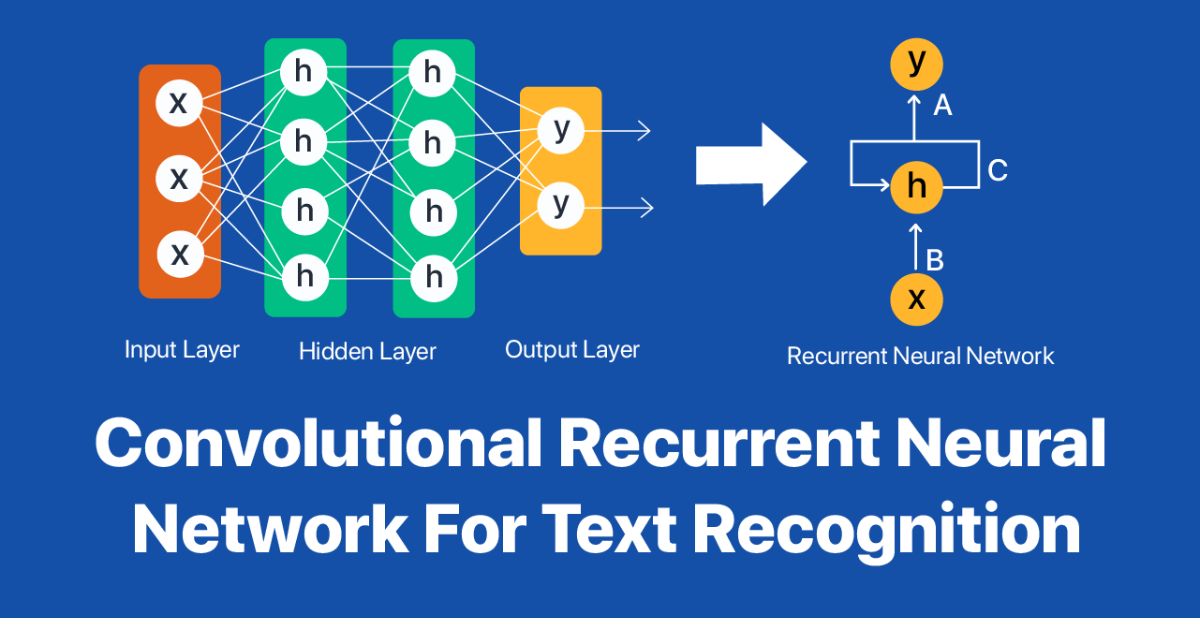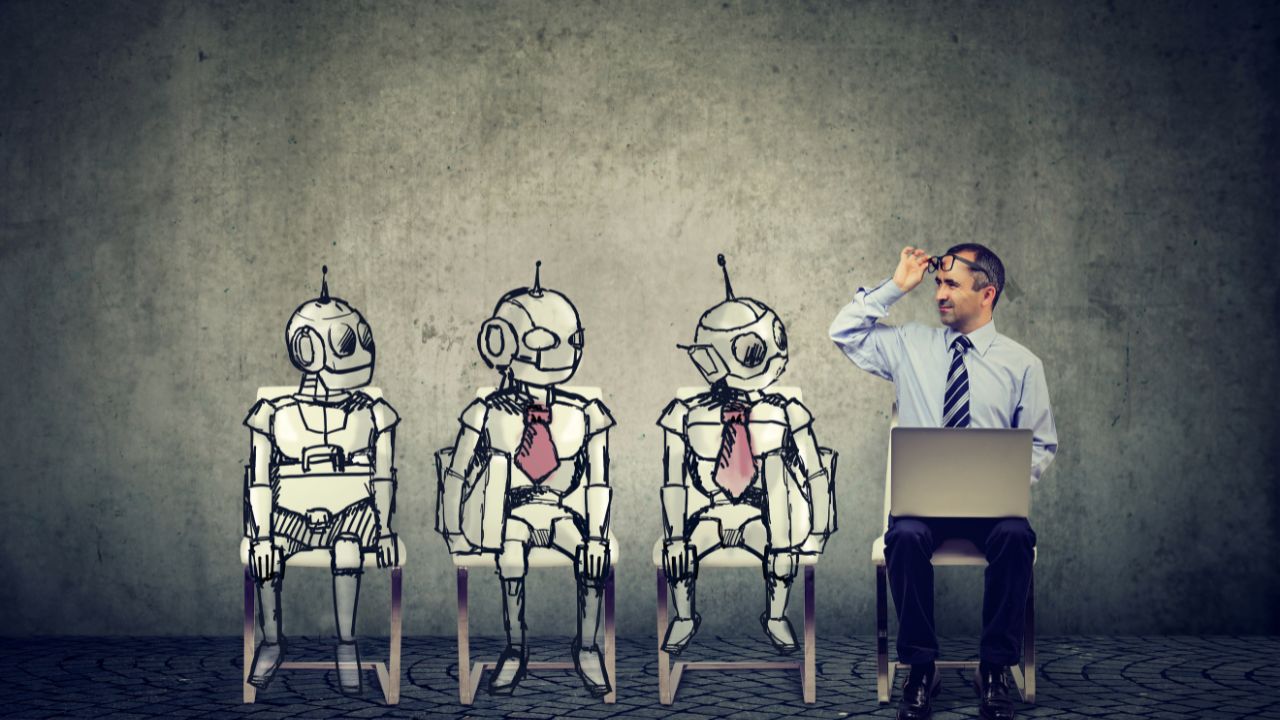Top 10 Use Cases for Image-to-Text Converters in 2025
October 24, 2025 · 5 min read • #image-to-text#OCR#AI tools#automation#machine learning#productivity
In 2025, AI-powered image-to-text converters are no longer just niche OCR tools — they’ve become essential productivity engines across industries.
Whether you’re scanning invoices, translating menus, or automating workflows, image-to-text technology is redefining how humans interact with visual data.
🌐 The Rise of Image-to-Text Conversion
AI advancements in Optical Character Recognition (OCR) and computer vision have made it possible for machines to “read” and understand text from almost any image.
These converters are used everywhere — from mobile apps to enterprise automation systems.
Related: How Optical Character Recognition (OCR) Has Evolved with AI
🧠 1. Data Entry Automation
Manual data entry is time-consuming and error-prone.
With AI image-to-text tools, businesses can extract structured information from invoices, receipts, and forms instantly.
Key Benefits:
- Reduce manual labor by up to 90%
- Improve data accuracy
- Integrate with ERP and CRM systems seamlessly
Example: A logistics company scans waybills and extracts delivery information directly into its database.
🧾 2. Invoice and Receipt Processing
Finance teams use OCR-based tools to extract:
- Vendor names
- Amounts
- Dates
- Tax details
This automation speeds up accounting workflows and eliminates repetitive data input.
Related: The Future of Image to Text Conversion: Smarter AI Faster Results
🌍 3. Real-Time Translation
Image-to-text converters combined with AI translation models power real-time language translation.
Simply capture a photo of a sign, document, or menu — and get an instant translation on your screen.
Used widely in:
- Travel apps
- Multilingual websites
- Educational platforms
🧩 4. Accessibility for the Visually Impaired
OCR technology enables text-to-speech systems to read out content from printed materials or images.
This makes the digital world more inclusive for visually impaired users.
Common Use Cases:
- Reading printed books aloud
- Describing on-screen text in real time
- Assisting with navigation and document access
🏢 5. Business Intelligence and Analytics
AI OCR can extract data from charts, reports, and forms to generate actionable insights.
It bridges the gap between unstructured data (images) and structured datasets used in analytics tools.
For instance:
- Extracting sales data from printed receipts
- Scanning handwritten notes during field operations
- Converting report screenshots into editable spreadsheets
📚 6. Academic and Research Applications
Students and researchers use image-to-text converters to digitize:
- Textbooks
- Old manuscripts
- Notes and diagrams
This saves time and preserves valuable data for digital archiving.
AI OCR even recognizes complex characters in scientific notations and multilingual documents.
🧾 7. Legal and Government Document Digitization
Public institutions use AI OCR for mass digitization of legal records, archives, and forms.
This makes document retrieval faster and more efficient while reducing paper dependency.
Key advantages:
- Full-text search capabilities
- Enhanced transparency
- Secure cloud storage of converted data
🧠 8. Handwriting Recognition
Modern AI models can now interpret cursive or irregular handwriting — once considered impossible for traditional OCR.
This has unlocked automation in industries like:
- Healthcare (doctor’s notes)
- Education (student forms)
- Law (signatures and annotations)
Related: From Pixels to Words: How Machine Learning Decodes Images
📱 9. Mobile Scanning and Note-Taking
With AI OCR embedded in smartphones, users can capture, convert, and share text instantly.
Typical Use Cases:
- Scanning whiteboards after meetings
- Converting handwritten notes to digital text
- Extracting information from photos or receipts
Apps like Google Lens and Microsoft OneNote already integrate such features, but modern AI OCR tools deliver even higher accuracy and privacy.
🧰 10. eCommerce and Product Cataloging
Retailers use OCR to extract text from product images, packaging, or labels to:
- Populate eCommerce databases
- Improve SEO with rich metadata
- Automate inventory management
Combined with AI image compression and metadata tagging, it speeds up digital store creation and optimization.
Related: Top Benefits of Using Online Image Compressors for Web Performance
⚙️ The Future of Image-to-Text in 2025 and Beyond
In 2025, image-to-text tools are evolving into multimodal AI systems — capable of understanding both text and visuals together.
This means:
- Extracting insights, not just text
- Recognizing context, fonts, and layouts
- Integrating with AI chatbots for instant document summarization
As AI becomes more powerful, image-to-text conversion will be at the core of digital transformation across industries.
🧰 Try It Yourself
Experience the next generation of AI OCR:
- AI Image-to-Text Tool — Extract text instantly from images and PDFs
- Image Compressor Tool — Optimize images before scanning
- AI Background Remover — Clean visuals for more accurate OCR
All tools run locally in your browser — fast, private, and secure.
💡 Final Thoughts
From automation to accessibility, AI-driven image-to-text converters are shaping a new era of productivity and inclusivity.
Their ability to turn unstructured visual data into searchable digital information makes them indispensable in 2025 — and beyond.
Enjoyed this post? React below 👇
Related Posts
 Tools Effectively.jpg)
How to Use OCR (Optical Character Recognition) Tools Effectively
Learn how OCR (Optical Character Recognition) works, what it can do for you, and how to use it effectively with our free browser-based OCR Tool to extract text from images instantly.

AI Compression Algorithms Explained: Smaller Files, Smarter Tech
Explore how AI compression algorithms are transforming data storage, image optimization, and network performance in 2025 — delivering smaller files, faster speeds, and smarter efficiency for the digital world.

AI vs Traditional Algorithms: Who Wins in Image Optimization?
Explore the differences between AI-based and traditional image optimization methods. Learn how deep learning, neural compression, and smart encoding outperform legacy algorithms like JPEG and PNG in 2025.
Frequently Asked Questions
What is an image-to-text converter?
An image-to-text converter uses AI-powered OCR technology to extract text from images, scanned documents, or screenshots and turn it into editable, searchable text.
Why are image-to-text tools important in 2025?
In 2025, businesses and individuals rely on image-to-text converters to automate data extraction, improve accessibility, and integrate text recognition into AI-driven workflows.
Can image-to-text converters recognize handwriting?
Yes. Modern AI models trained on diverse handwriting datasets can accurately extract both printed and cursive text from images.
Is it safe to use online image-to-text tools?
Yes. Our [AI Image-to-Text Tool](/image-to-text) processes everything locally in your browser, ensuring privacy and zero data uploads.
What are the best file types supported for image-to-text conversion?
Most AI-based tools support JPEG, PNG, WebP, and PDF formats, making them suitable for documents, forms, and screenshots.